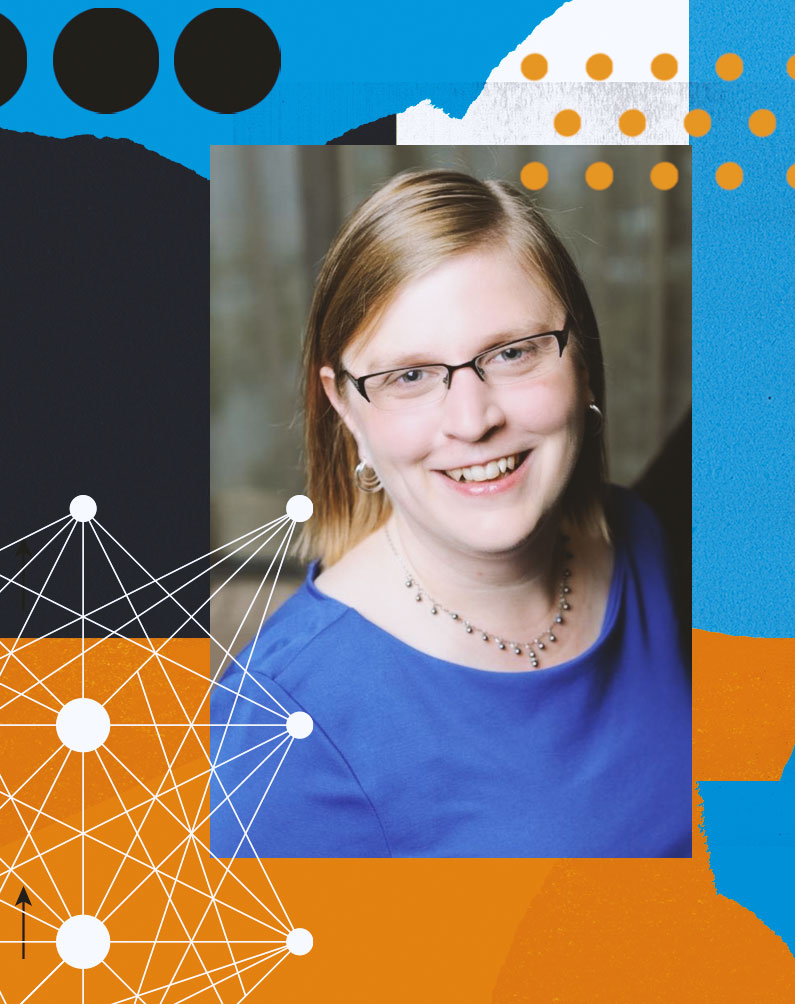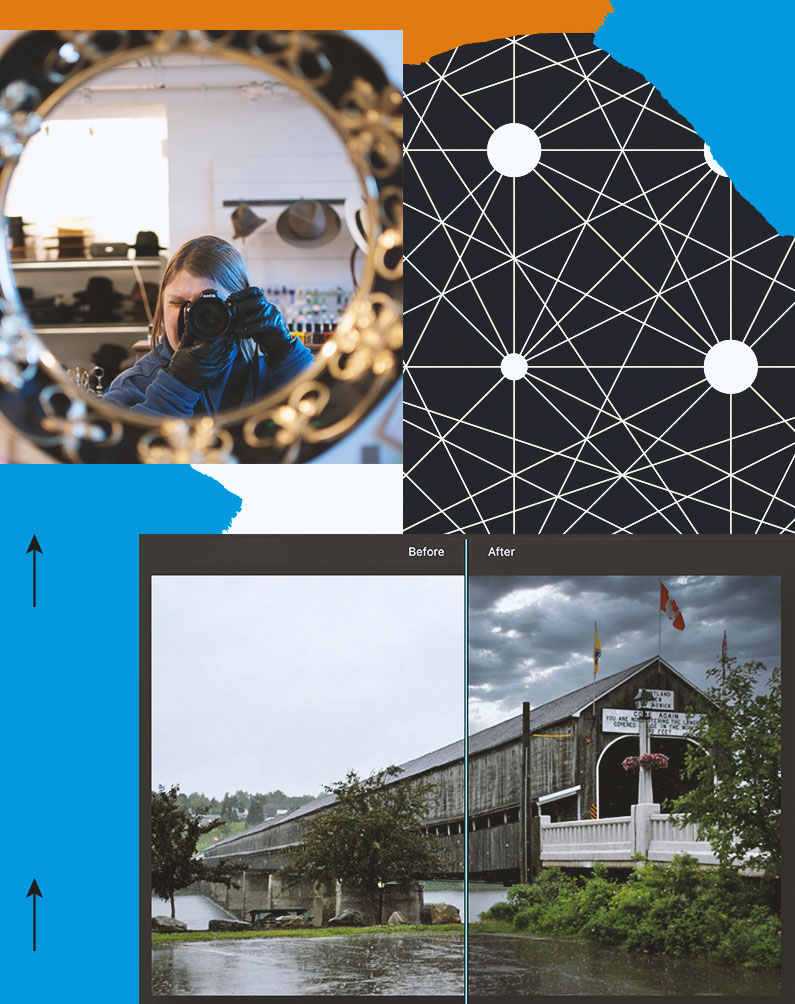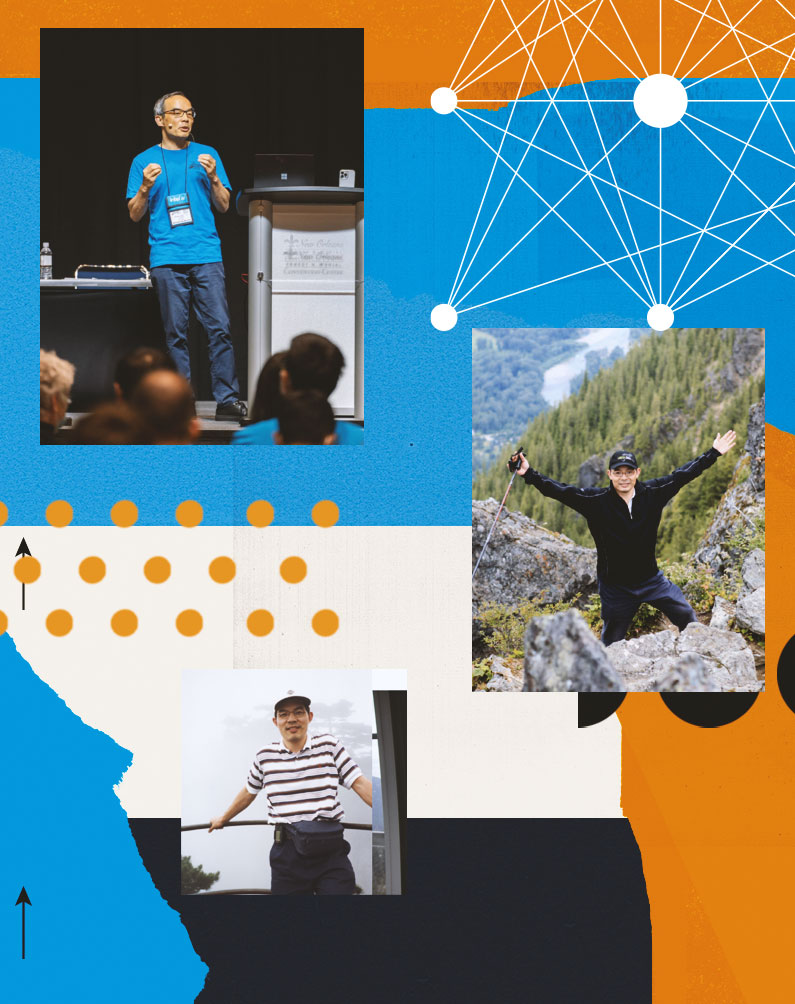AI doesn’t just help with words and images, says Ava Amini, a researcher with Microsoft Health Futures. She’s teaching it to work with biological data, too, analyzing readings from deep within the human body to help detect cancer earlier and design personalized, more effective therapies.










